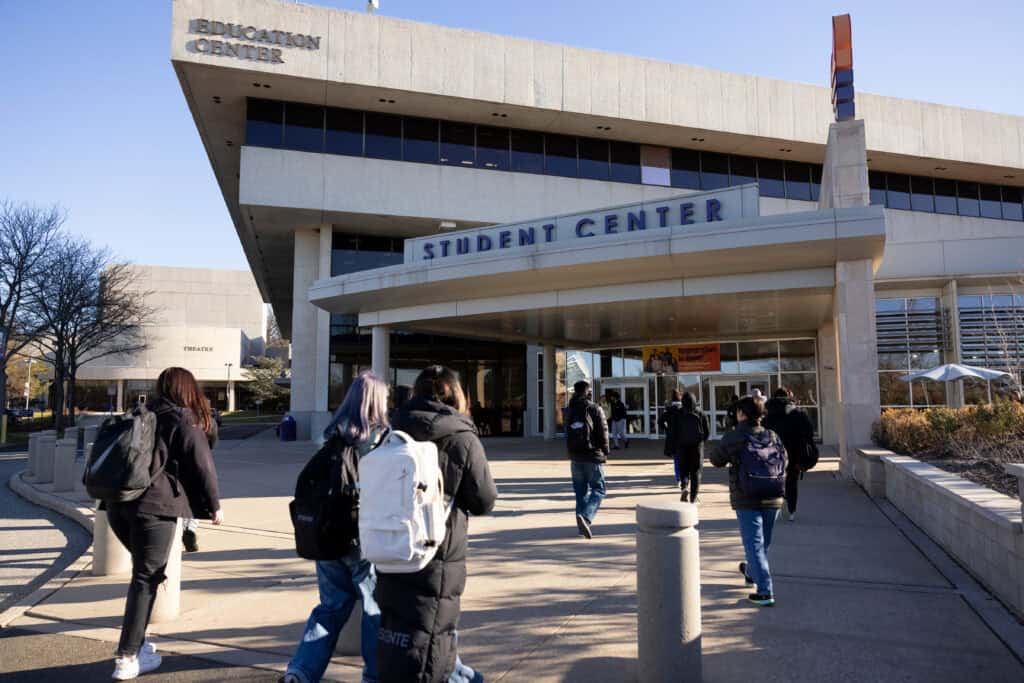About the Structure pillar
Students face barriers to progress from day one of college, including unrecognized prior learning, inconsistent support to get up to speed for college-level learning, poorly designed curricular sequences, and miscommunication about credit hours needed for on-time graduation. CCA guides colleges in facilitating strong starts that sustain critical progress.
Colleges that offer the right mix of flexibility and structure can make a world of difference for students. With programs that offer too much flexibility, students can easily get off track. And in programs with overly rigid structure, students may have a hard time fitting college into their lives. By creating academic sequences and course structures that meet students where they are, institutions can create clear pathways to a degree.
Clarify the path to a degree or valued workplace credential
Confusing course and degree sequences, challenging schedules, and rigid major requirements muddy the path to completion. We work with colleges to meet students where they are, balancing flexibility and structure and clarifying the path to a degree or credential.
Photo by Allison Shelley/Complete College Photo Library

Math Pathways
Identify the appropriate gateway math course that is aligned with the skills students need for their chosen program of study.

Meta Majors
Provide students with opportunities to explore related programs of study that allow them to make more informed and deliberate decisions about their majors, while making progress towards their degrees.

Academic Maps & Milestones
Delineate the path to graduation and highlight significant milestones that contribute to student success in a clear and comprehensive format.

Smart
Schedules
Design schedules that contribute to degree progression and meet the needs of all students.

Stackable Certificates & Credentials
Create competency-driven structures that encourage lifelong learning and attainment of degrees of value.
Check out our other pillars

Purpose
Aligning the college experience to each student’s goals for the future.

Momentum
Clarify the path to a degree or valued workplace credential.

Support
Address co-curricular needs so students can focus on college goals.

